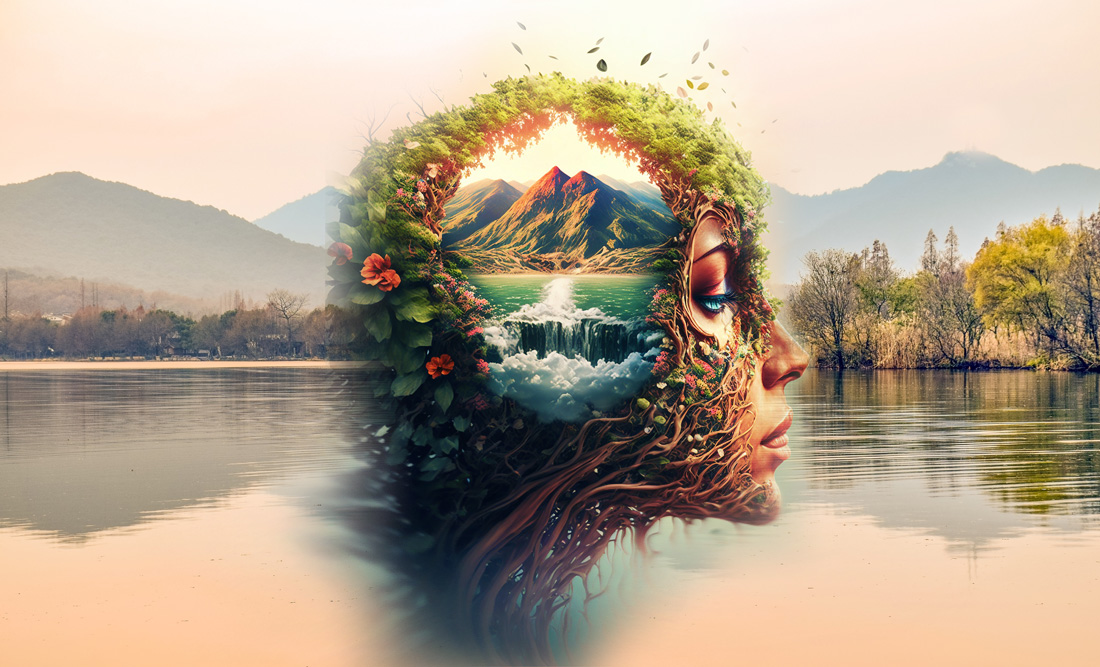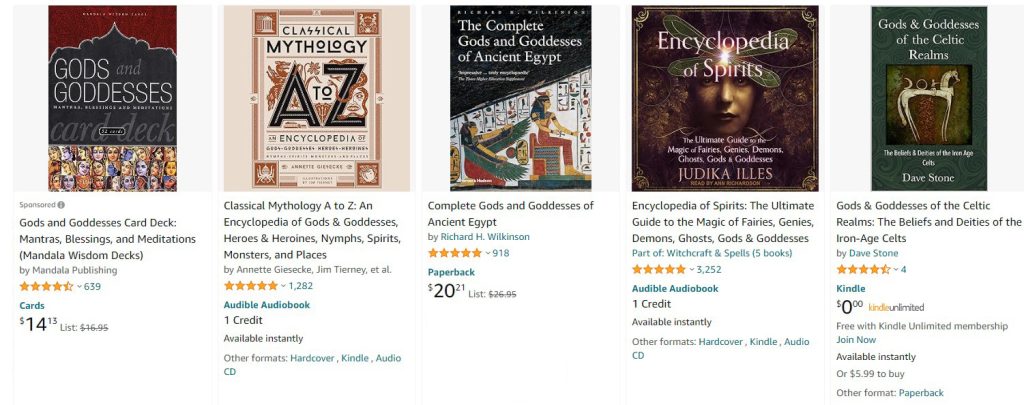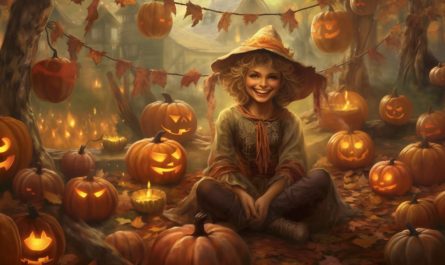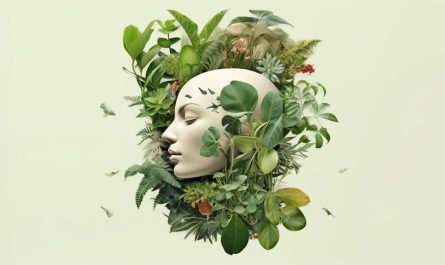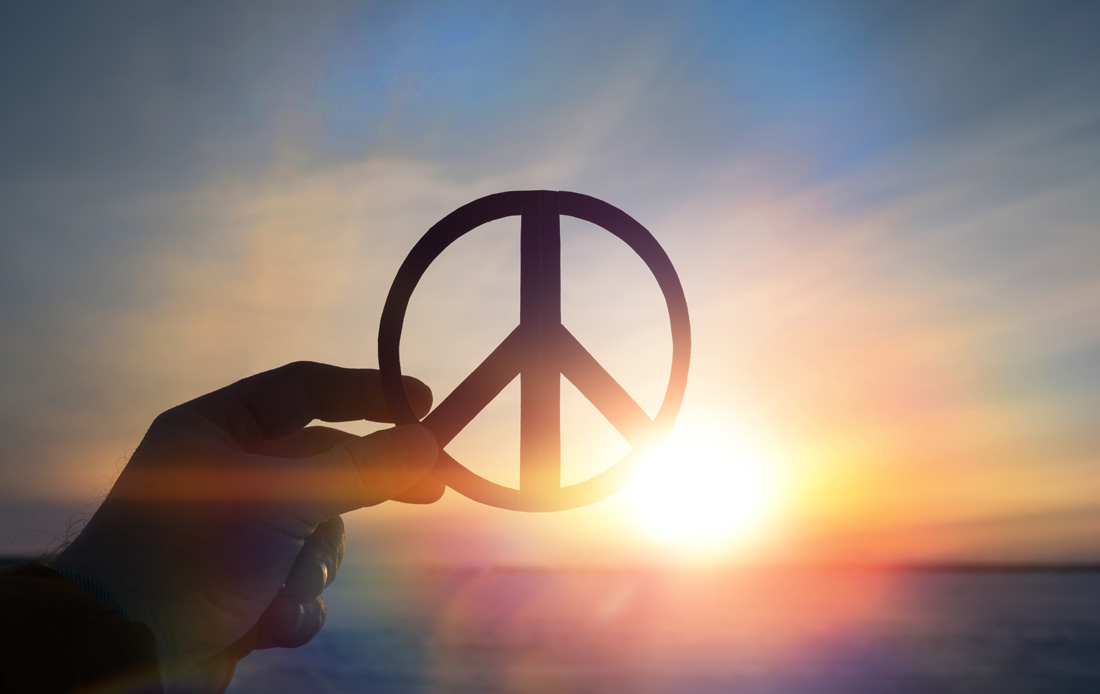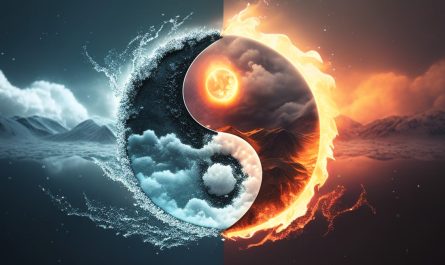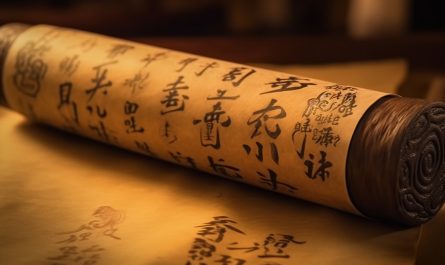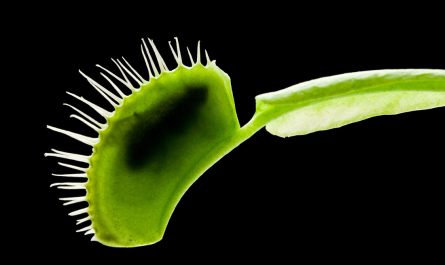Last Updated on September 20, 2024 by Avia
The Gaia goddess is a powerful symbol of strength and vitality. She is often portrayed as a beautiful woman with long hair and a flowing dress. In Greek mythology, Gaia was the mother of all things and the Earth itself. She was said to be the bringer of life and the protector of the environment. Many spiritually minded people have adopted the Gaia goddess as a symbol of nature worship and environmentalism.
Gaia is seen as a representation of the Earth’s bounty and as a force for good in the world. If you’re looking for a way to connect with nature and tap into your own strength and power, consider adding a Gaia goddess symbol to your life. Read on to learn more about the meaning of this potent symbol and how you can use it to connect with the Earth.
Table of Contents
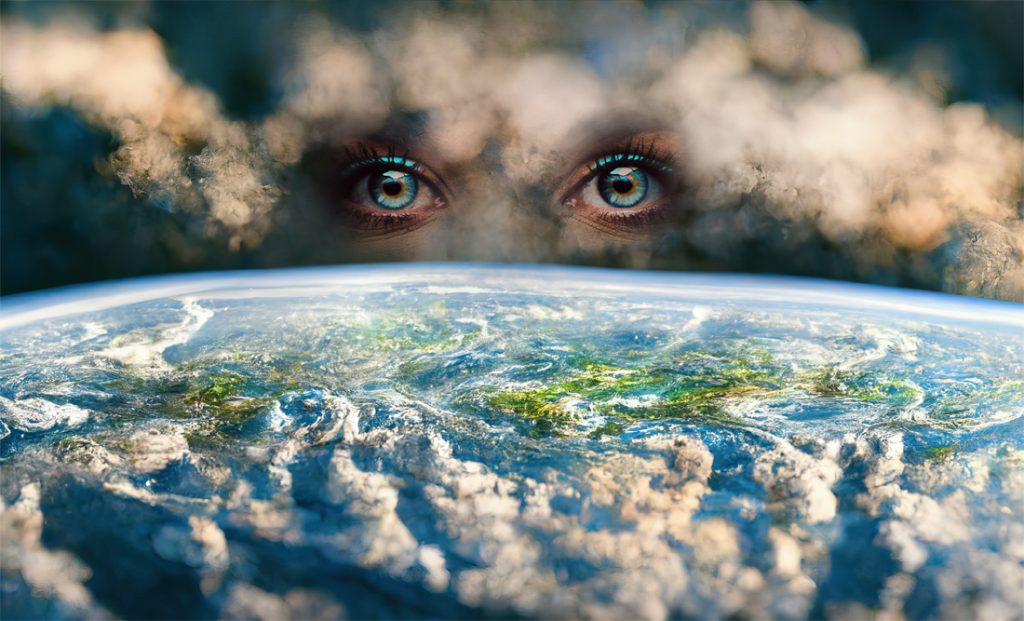
Who is Gaia?
Gaia is the ancient Greek goddess of the earth. She is the personification of the earth and one of the primordial deities. The name Gaia comes from the Greek word for “earth” or “land”. In Greek mythology, Gaia is the autochthonous goddess – the first female entity in Greek creation stories. The epitome of Earth goddesses, she has transcended time and culture to become a symbol of birth, creation, and femininity that carries meaning to this very day.
Gaia was born from Chaos, the void that existed before the universe. She then gave birth to Uranus (the sky), Pontus (the sea), and Tartarus (the underworld). With Uranus, she also gave birth to the Titans, Cyclopes, and Hecatoncheires.
Gaia is often depicted as a beautiful woman with green hair and clothes. Sometimes she is also shown as an old woman. As the goddess of the earth, she is associated with fertility and agriculture. She is also known for her wisdom and compassion. She is known as the first OG mother goddess, and continues to be celebrated and worshipped by earth-loving spiritual communities around the world today.
Gaia in Myth and Lore
In ancient Greek mythology, Gaia was the personification of the Earth and one of the primordial goddesses. She was the great mother of all: the primal Mother Earth who gave birth to the Titans, the Cyclopes, and Hecatoncheires. She was also the grandmother of Zeus, Poseidon, Hades, Hera, Demeter, and Hestia.
Gaia was fertilized by Ouranos (Uranus), who then became her husband. Together they produced twelve children: six sons (the Titans) and six daughters (the Titanesses). However, Ouranos was a cruel husband who hated his children and often imprisoned them in Tartarus.
One day, Gaia could not bear his cruelty any longer and she plotted with her children to overthrow him. With their help, she lured Ouranos into her arms and then held him while her children Cronus (Saturn) and Rhea castrated him with a sickle. From his blood sprang forth the Giants and the Erinyes (Furies).
After Cronus overthrew Ouranos, Gaia sided with Cronus in his battle against Zeus and the Olympians. However, Zeus eventually emerged victorious and Gaia was forced to submit to him. As punishment for siding with Cronus against him, Zeus chained Gaia to Tartarus.
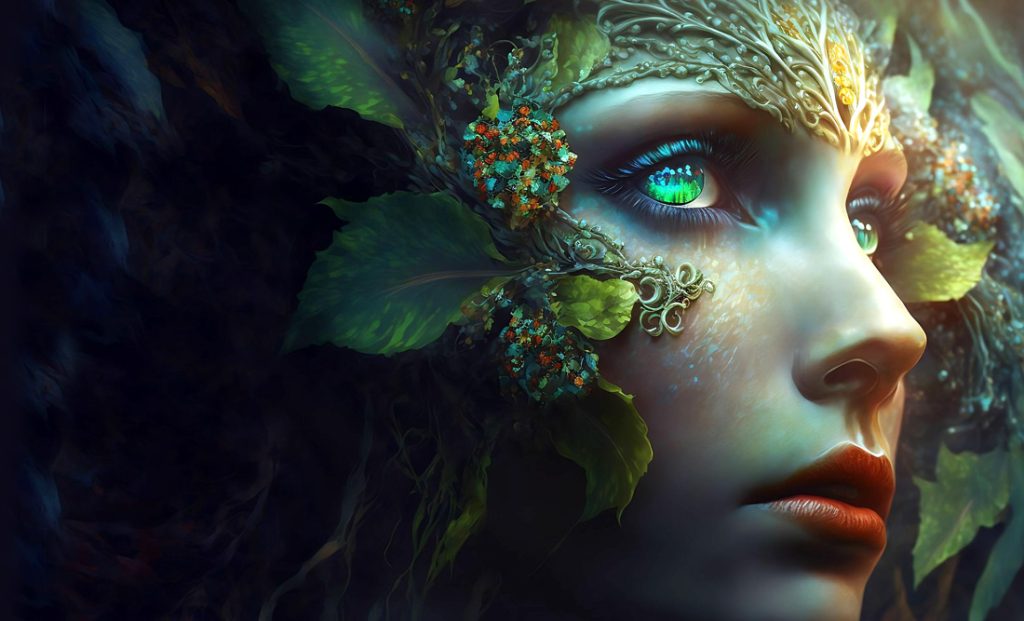
Gaia Goddess Symbols
Gaia is an earth goddess who represents the earth as a whole. She is often depicted with green skin and hair, symbolizing her connection to nature. Gaia is associated with fertility, nurturing, and abundance. Her symbols reflect these qualities, and can be used to invoke her energy in your own life.
Some of the most popular Gaia goddess symbols include:
The Flower: The flower symbolizes fertility, new beginnings, and growth. Flowers are used to represent the cycles of life and death, as well as the rebirth that comes with springtime.
The Tree: The tree is a symbol of strength, stability, and grounding. It represents the unending support that Gaia provides to us. Trees are also a reminder of our connection to nature, and our need to care for the earth.
The Stone: The stones are symbolic of endurance, patience, and wisdom. Stones remind us that even though Gaia is patient with us, she will not tolerate abuse forever. The stone also represents the solid foundation that Gaia provides for us.
Gaia Ceremonies and Rituals
Gaia ceremonies and rituals are a way to connect with the Earth Mother and honor her many gifts. There are many ways to celebrate Gaia, from small personal rituals to large public gatherings. No matter how you choose to worship her, the most important thing is to show your love and respect for our planet and all of its creatures.
One popular way to honor Gaia is through a ceremony known as the Descent of Gaia. This ritual involves spending time in nature, connecting with the elements, and meditating on your place in the world. Other common rituals include tree watering, stone stacking, and creating mandalas. Whatever you do, make sure it comes from the heart and that you put your intention into it.
When celebrating Gaia, it’s also important to remember her dark side. She is the Earth Mother, after all, and she can be fierce when she needs to be. If you’re feeling called to connect with this energy, consider doing a fire ceremony or working with crystals such as obsidian or tourmaline. By acknowledging both the light and shadow aspects of Gaia, you can create a more balanced relationship with her – one that will be beneficial for both you and the planet.
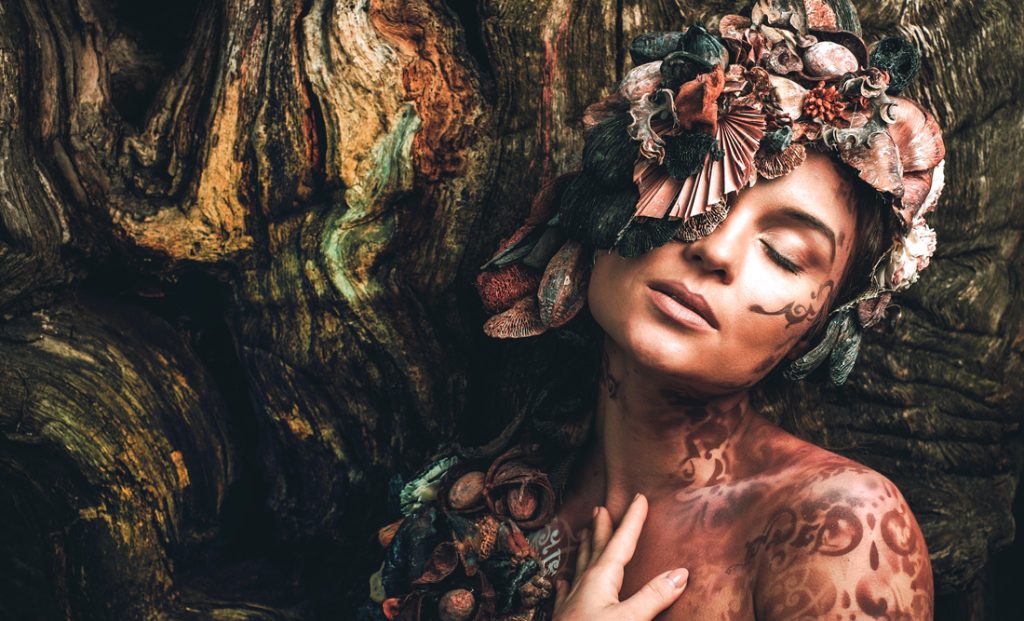
How Can I Connect with Gaia?
When you feel lost, or uncertain of your path, it can be helpful to connect with Gaia. Gaia is the Greek goddess of the Earth, and she can help you to feel more grounded and connected to your surroundings. There are many ways to connect with Gaia, and you can tailor your own personal practice to suit your needs.
One way to connect with Gaia is through meditation. You can find a quiet spot outside, close your eyes, and take some deep breaths. As you focus on your breath, visualize roots growing from your feet, anchoring you into the ground. Feel the connection between yourself and the Earth beneath you. Imagine the energy of Gaia flowing up through those roots and into your body. Allow yourself to feel supported and nurtured by Gaia.
Another way to connect with Gaia is through spending time in nature. Go for a walk in the woods, or sit by a river or lake. Listen to the sounds of the birds and the wind blowing through the trees. Notice the different textures and smells of the plants around you. Pay attention to how they make you feel – do they make you feel calmer or more energized? letting yourself really experience all that nature has to offer can help you feel more connected to Gaia.
There are many other ways to connect with Gaia – including dance, art, writing, singing, and more. Find what works best for you and let yourself get lost in the connection!
Gaia in Modern Pop Culture and Art
Gaia has been a popular subject in art and culture for centuries, with her image appearing in everything from ancient Greek pottery to modern pop art. She is often portrayed as a beautiful woman with flowing hair, surrounded by animals and nature. In some depictions she is shown holding the Earth or nursing a baby, symbolizing her role as the mother of all life.
Gaia also appears in many works of literature, both as a character and as a metaphor for the natural world. She is often associated with the planet Earth itself, and her name has become synonymous with environmentalism and the protection of our planet.
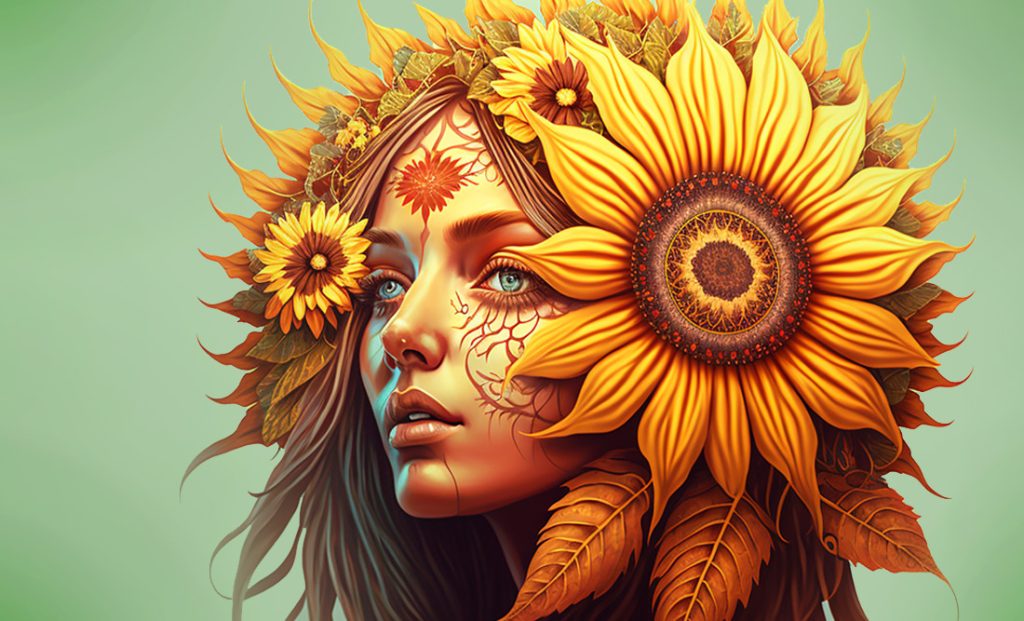
What is the Gaia Principle?
The Gaia principle (or Gaia hypothesis) is the belief that Earth is a living organism that regulates itself to maintain optimum conditions for life. This includes regulating the climate, creating and renewing resources, and recycling materials. The principle is named after the Greek goddess Gaia, who was responsible for the care of the earth.
There is evidence to support the Gaia hypothesis. For example, when there are too many animals in an ecosystem, they will overgraze and damage the environment. But, if there are too few animals, the vegetation will grow unchecked and cause problems like soil erosion. Similarly, when there are too many trees in an area, they will compete for resources and eventually die off. However, if there are too few trees, the soil will erode and the area will become desert-like.
According to the Gaia principle, Earth maintains a balance that allows life to thrive. Interactions between the atmosphere, lithosphere, hydrosphere, and biosphere create this balance. For example, photosynthesis by plants produces oxygen gas which dissolves in water to form H2O2 (hydrogen peroxide). This H2O2 then reacts with rocks to release minerals that plants and animals use. In turn, animals produce carbon dioxide gas which plants use during photosynthesis. Soil bacteria also help to regulate these processes.
The Gaia principle provides a scientific explanation for how Earth has been able to sustain life for billions of years despite drastic changes
Frequently Asked Questions About Gaia
Gaia is an earth goddess who represents the planet as a whole. She is often seen as a symbol of nature and the environment. Some modern symbols of Gaia include the Earth Day logo, the recycling symbol, and the Greenpeace logo.
The Gaia archetype is an archetype that represents the earth. It is often seen as a mother figure who is nurturing and caring. The Gaia archetype can also be seen as a force of nature that is powerful and unstoppable.
No, you don’t need to be pagan or spiritual to connect with Gaia. You can connect with her through your everyday actions and choices. You can connect with her by being mindful of your impact on the environment and working to protect it. You can also connect with her by respecting all life and living in harmony with nature.
The Last Word About Gaia
As you can see, this goddess has made a tremendous impact on the collective human consciousness. She was legendary in ancient times, and she continues to inspire and conjure awe from us today. In these modern times, we need a hero representing the fierce beauty of nature and the earth. Who better than Gaia? She’s a lovely queen worthy of her status, and I hope this inspires you to marvel at her essence. As always, thanks for reading!
Mighty brightly,
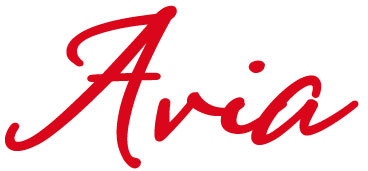
© Copyrighted. All Rights Reserved.
